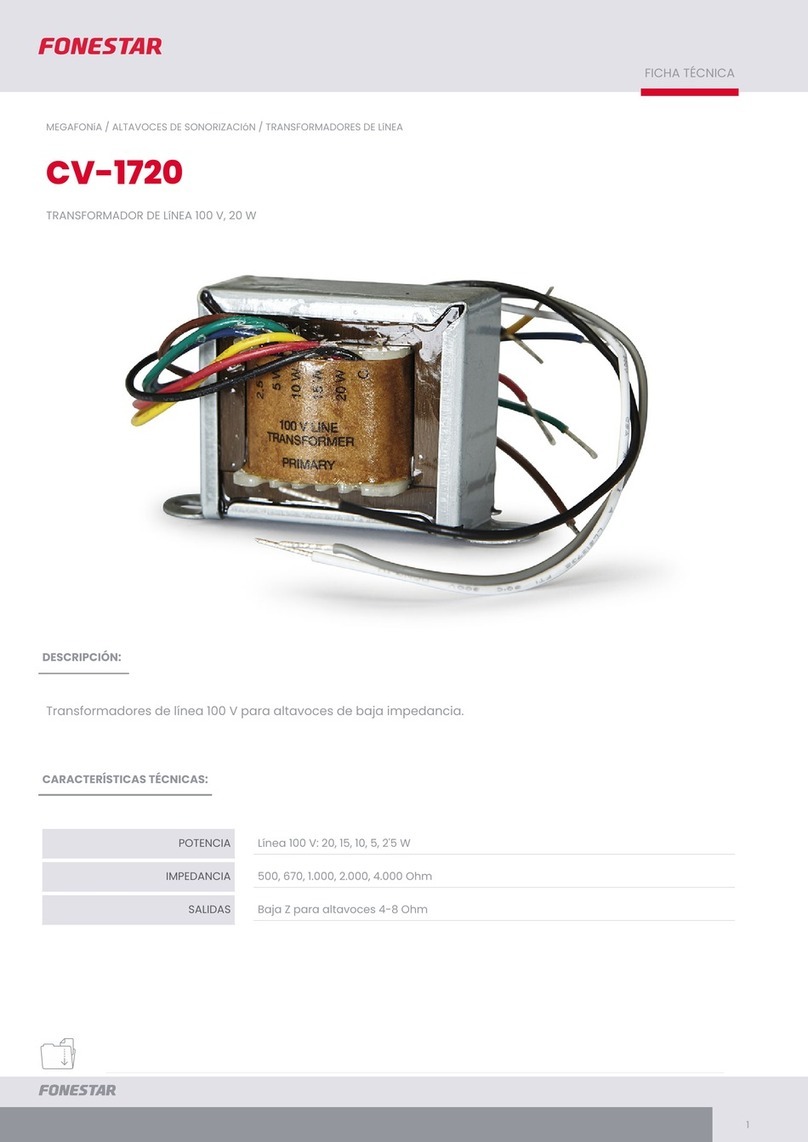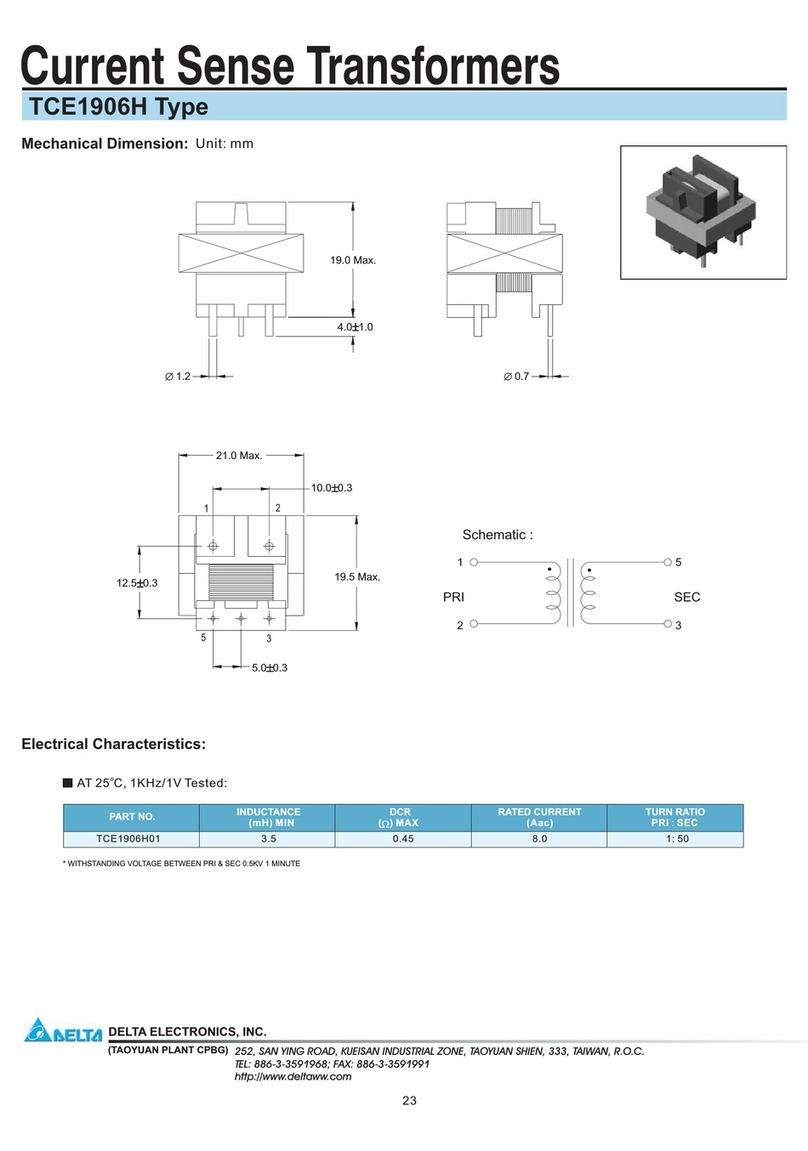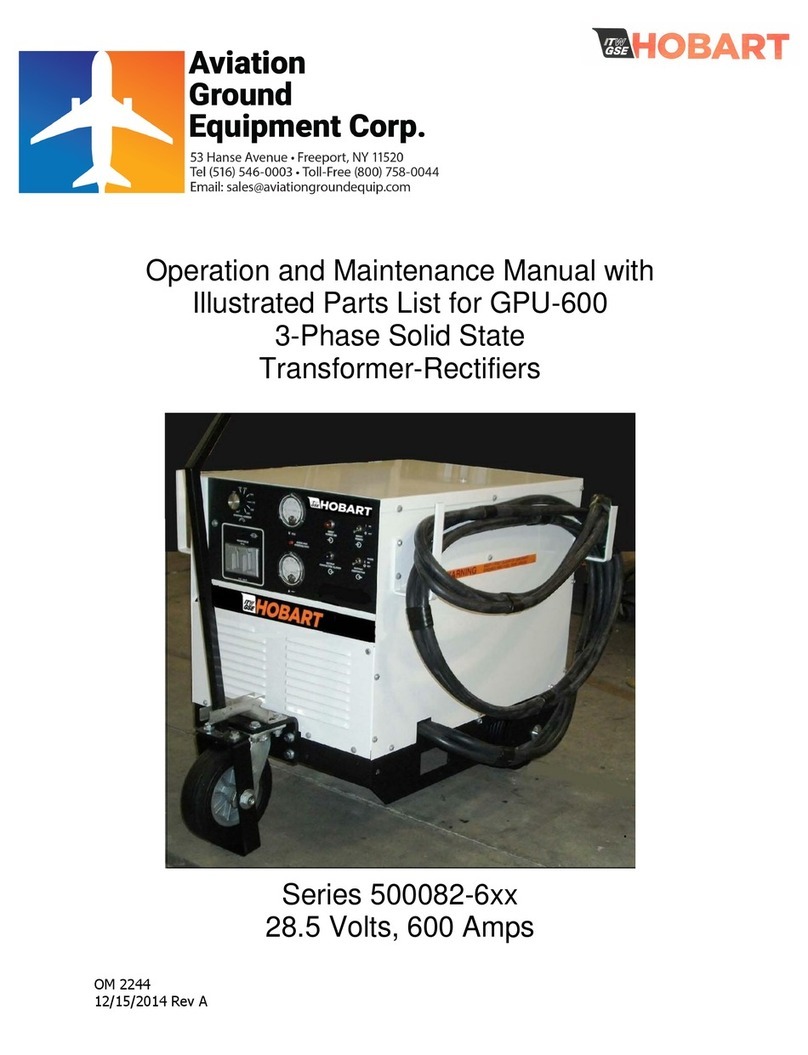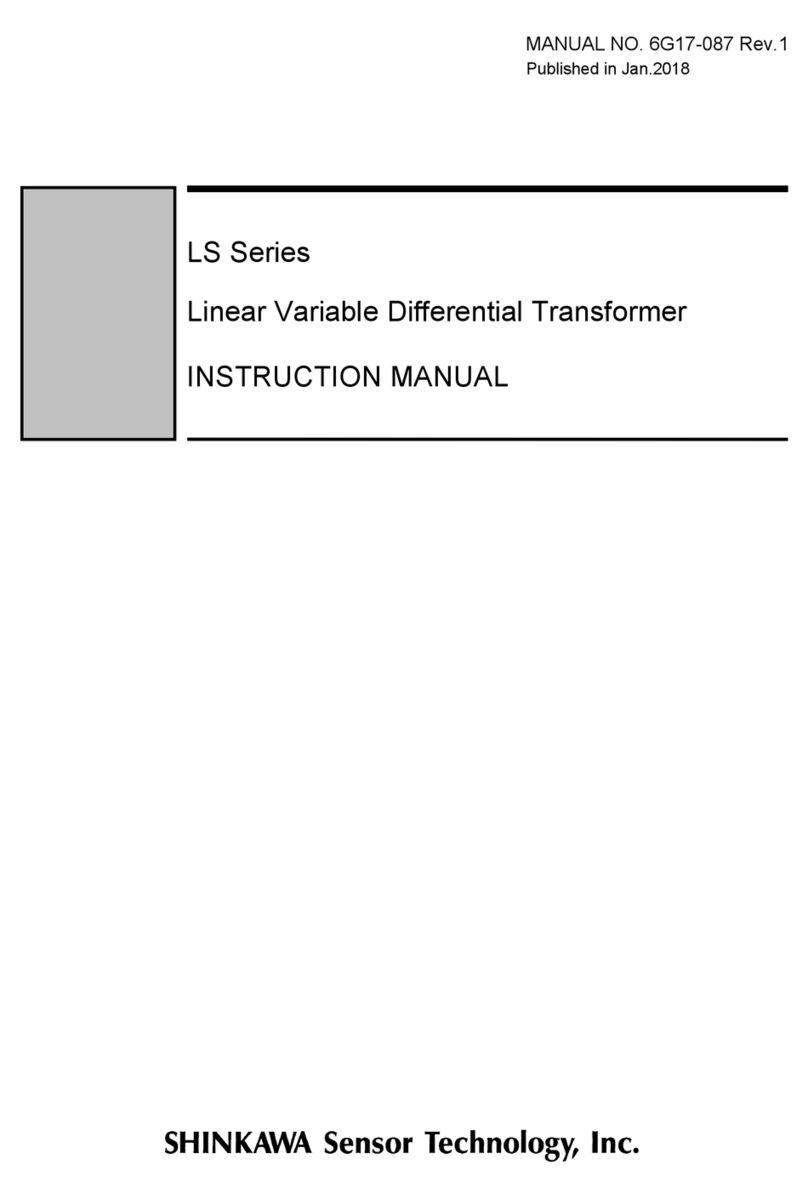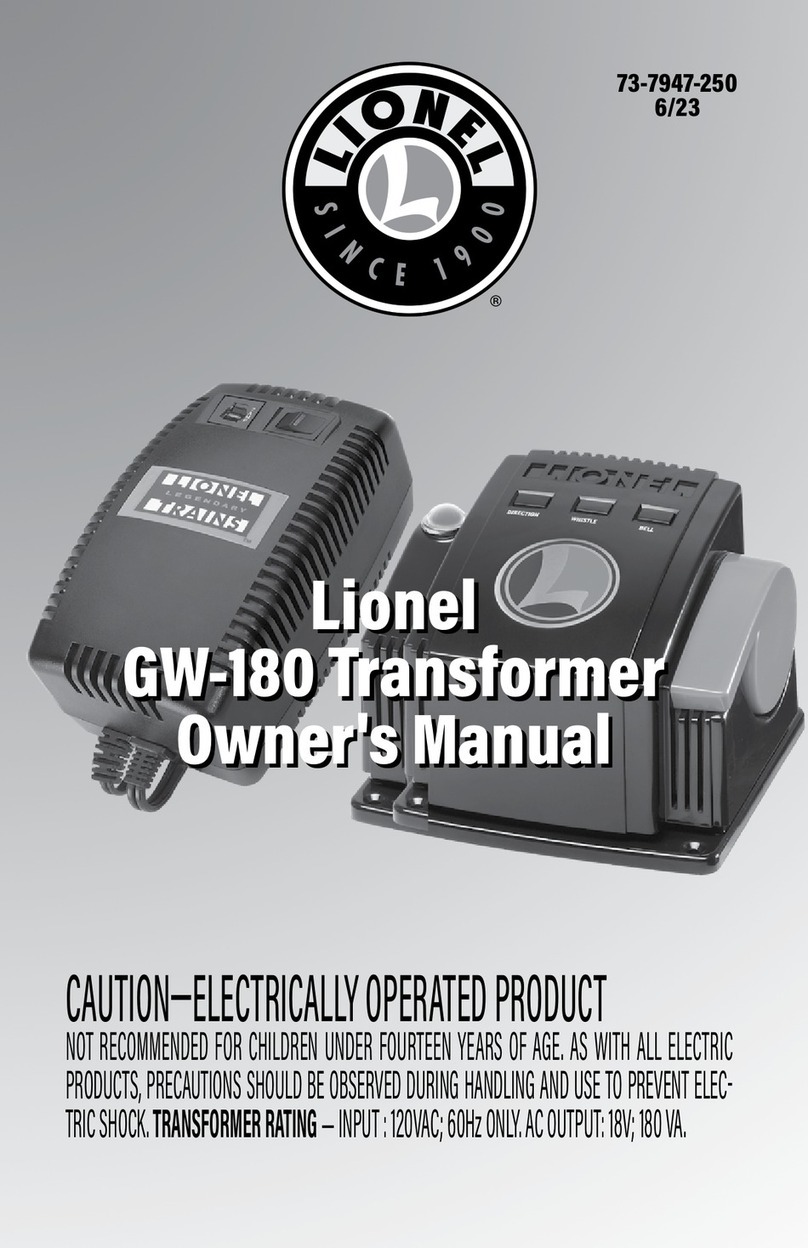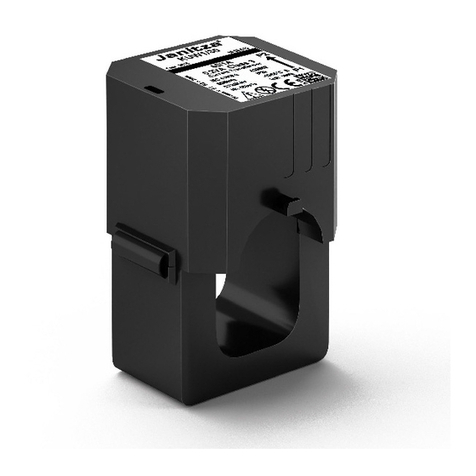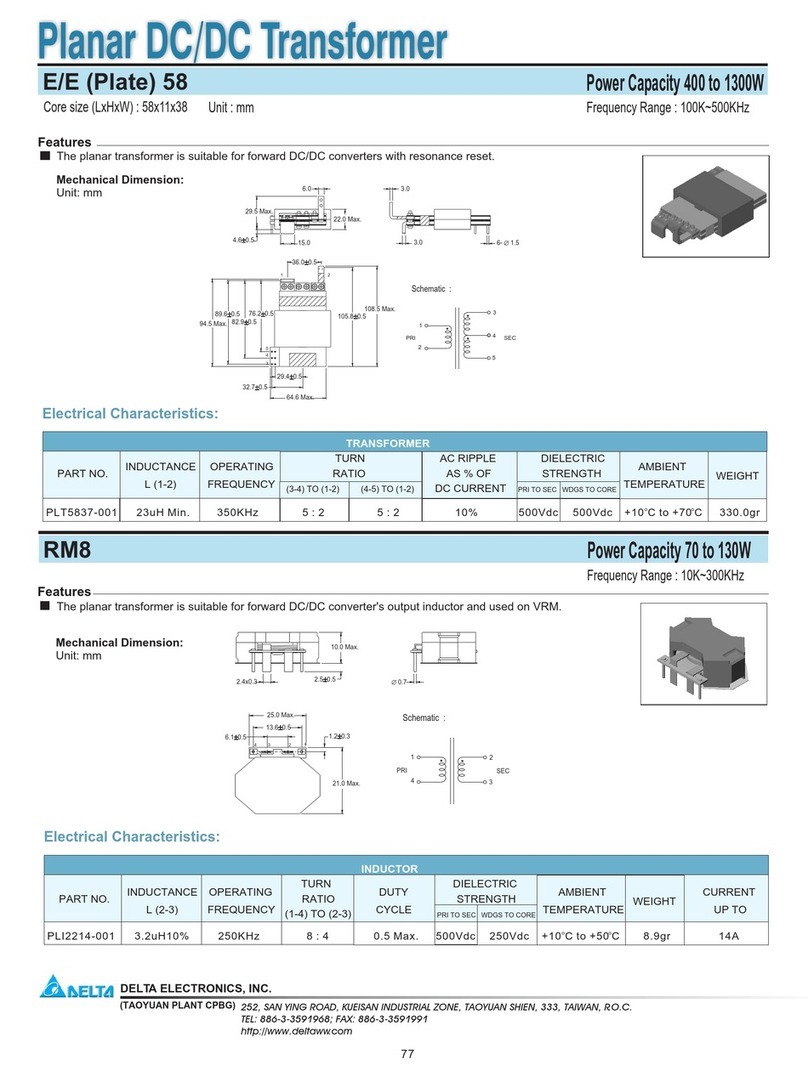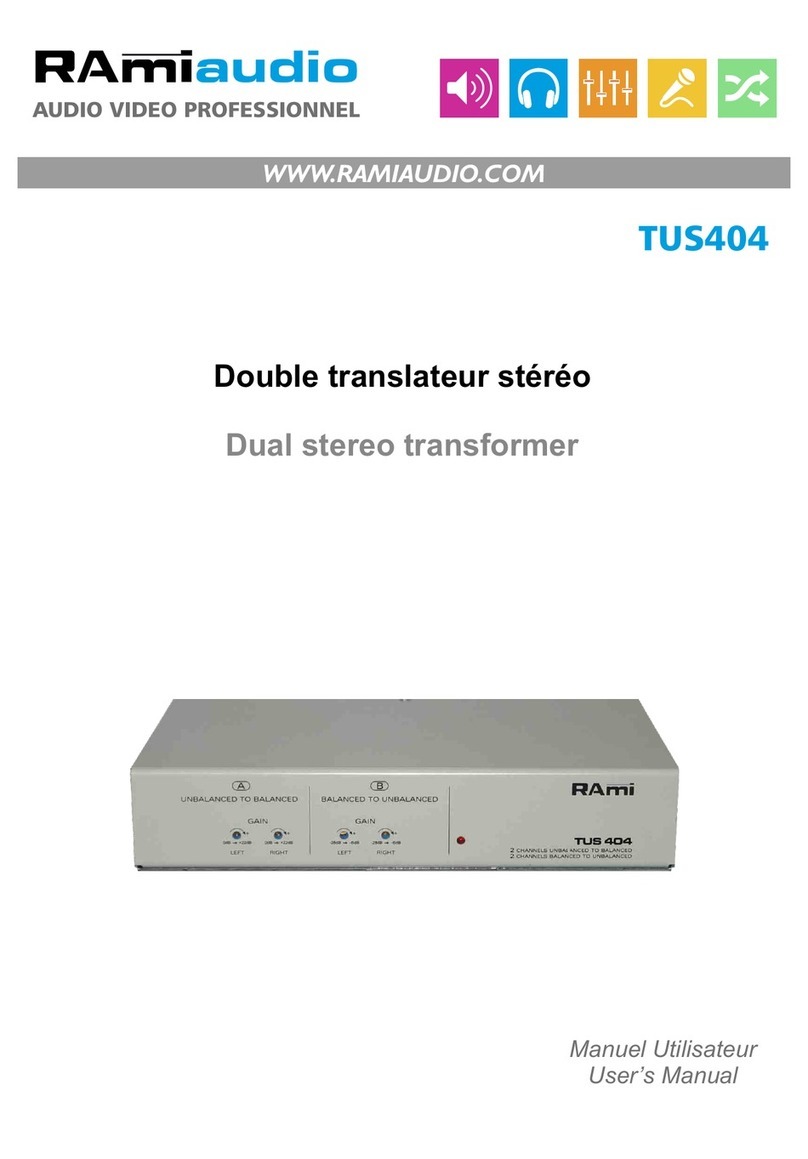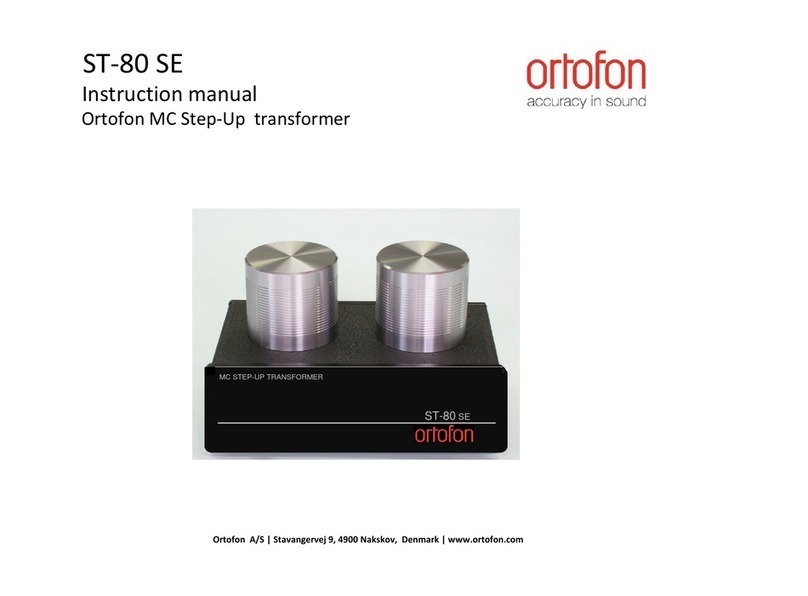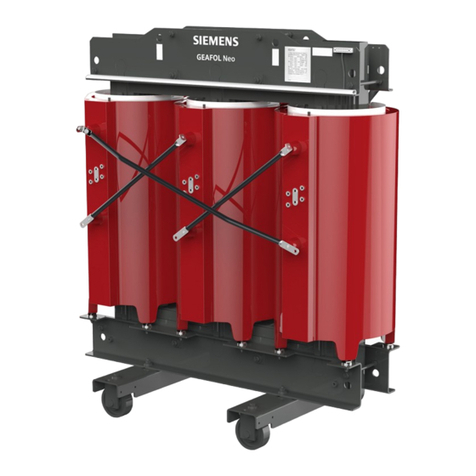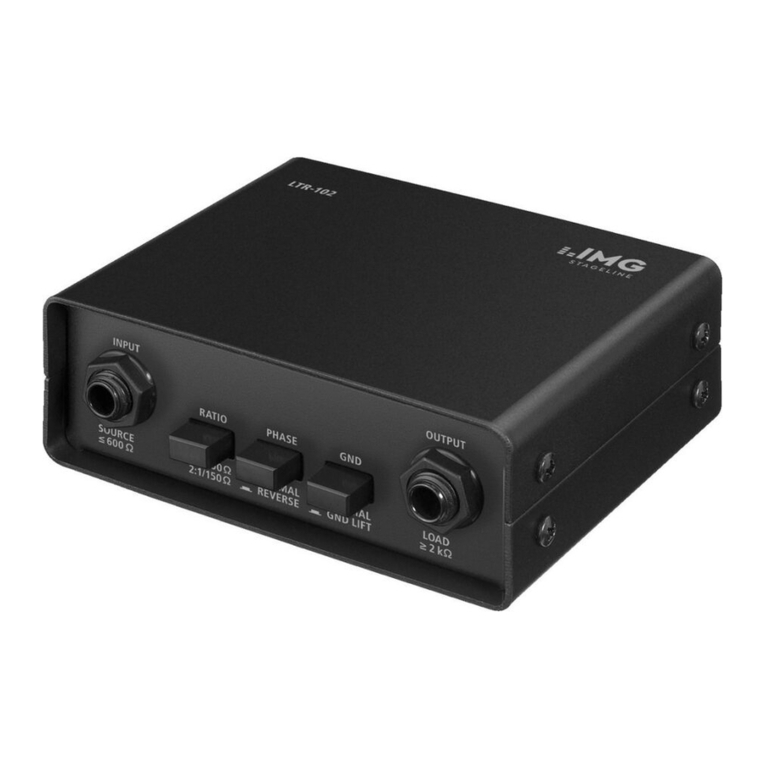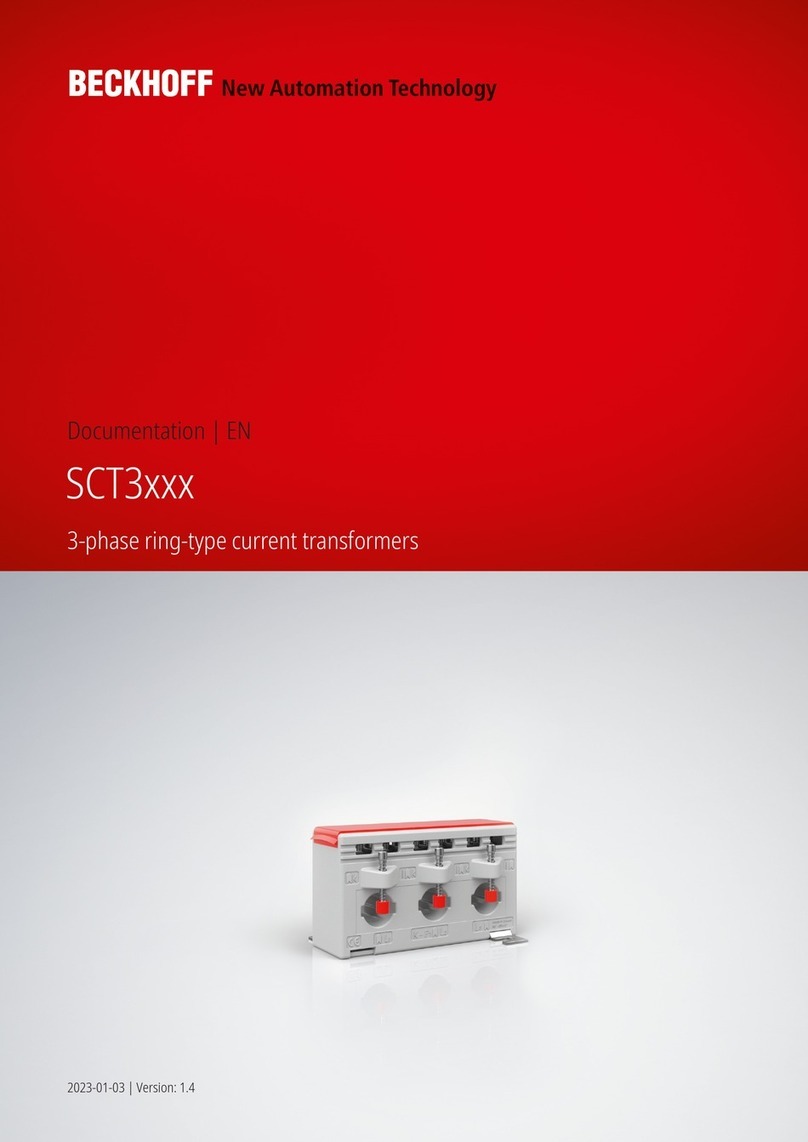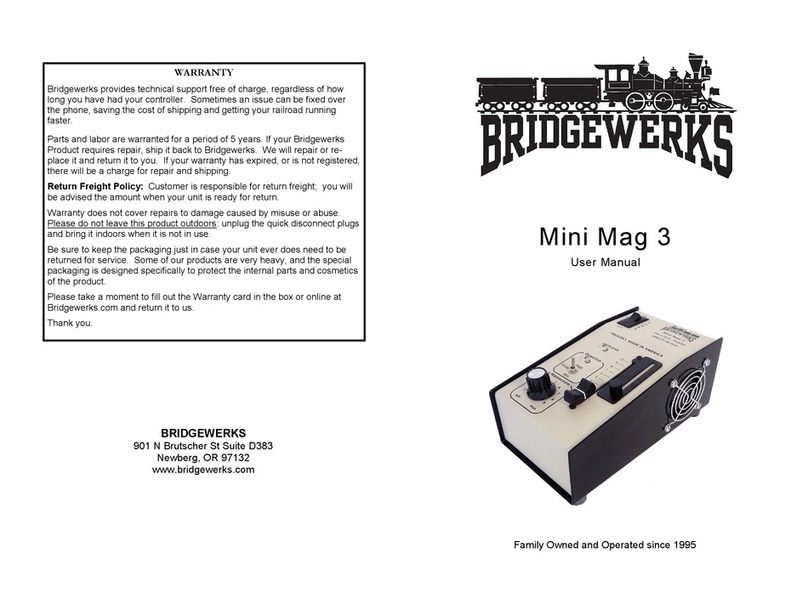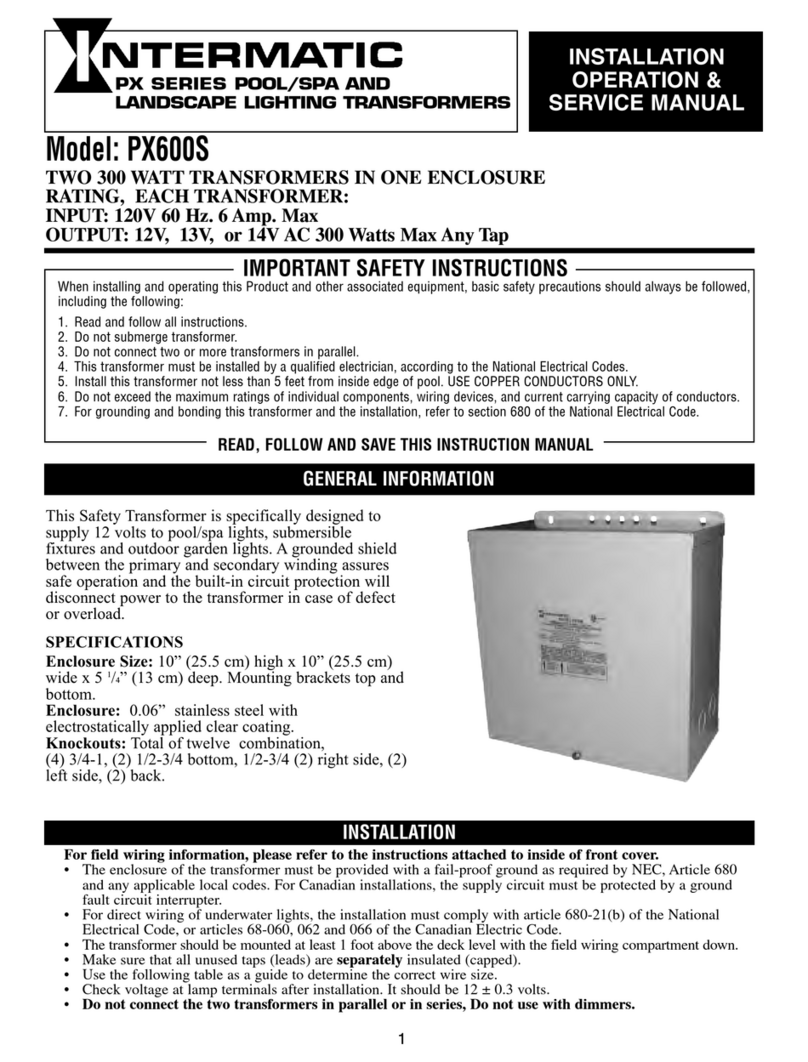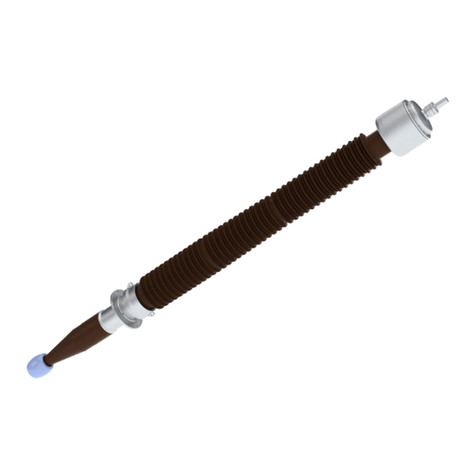
USES OF TRANSFORMER CONTROL~
ZW Transformers are so designed that two trains can be operated
and controlled independently of each other on a properly designed layout.
On each end of the transformer there is a long throttle-type lever. This is
the speed control. By moving this throttle you can regulate the voltage
supplied to the track so that the train speed can be regulated in a realistic
fashion. In Figure 2 the left-hand throttle controls the voltage supplied by
the output binding posts labeled A-U . while the right-hand throttle con-
trols the pair labeled D_U
It•
Next to each of the throttles you will find a short lever. This is a
combination whistle and reversing control for that circuit. Moving the
lever away from you, toward the side marked Whistle , blows the train
whistle. Moving the lever toward you, to the side marked Direction .
stopsv.starts and reverses the locomotive. A separate whistle and reverse
lever is provided for each of the two throttle-eon trolled train circuits so
that if you operate two trains on separate sections of your model railroad
you can sound each whistle separately and start and stop each locomotive
without interfering with the action of the other.
CONNECTING TRANSFORMER TO TRACK
••ZW Muti-Control Transformers have four pairs of binding posts
located on the rear wall of the transformer case. Each pair of these posts
provides a separate power source which can be controlled independently
of the other three. Of these the A-U and the D-U combinations are
controlled by the throttles as described above and should be used for the
main track supply. The two center combinations, B-U and C-U , are
reserved for accessories as described in a later section.
In order to get current from a transformer to the track, a pair of trans-
former binding posts must be connected to the track. If you use 0 or
'027
track, this connection is generally made by means of a track lockon,
either the regular GrC, or the illuminated LTC. The lockon is clipped
onto a convenient section of straight track. With Super-O track a No.
43 Power Track Section is used; this is inserted in the layout like any
short strai ght track. Lockon and No. 43 termi nals are connected to the
transformer by two lengths of insulated wire.
TO A SECOND OUTFIT
NO 43
TO ACCESSORIES
Page 2
WIRING PROCEDURE
• Strip the insulation from the ends of the two pieces of heavy wire
furnished with the transformer. Do not use the thin wire furnished with
accessories.
• Wrap the end of one wire around one of the U binding posts of trans-
former and tighten thumb nut. Wire should be wrapped around post in
clockwise direction, so that it doesn't slip out as you tighten the nut.
e
Connect other end of this wire to No. 2 clip of lockon or No. 43. Push
down upper half of clip until loop projects through the slot on top. Insert
bare end of wire into this loop and release clip. No. 2 clips make con-
nection to the outside or ••ground rails of the track.
• In the same manner connect No. 1 clip to either ••A or D binding
post and tighten thumb nut. No. 1 clips make connection to center or
II
power rail.
After the transformer is properly connected to the track, push the plug
at the end of your transformer cord into a wall outlet. The green pilot
light on the transformer should now go on. This indicates that the power
is flowing into the transformer and that you have no short circuits.
Both the green and red pilots use a 18 volt No. L1445 lamp available
at your dealer .
HOW THE CIRCUIT BREAKER OPERATES
To protect the transformer from overheating and damage due to short
circuits. ZW Transformers are equipped with built-in automatic circuit
breakers. Whenever the current drawn from the transformer exceeds a
certain limit the red warning light flashes on and the circuit breaker opens
cutting off power to the track. In few seconds the circuit breaker auto-
matically closes and the red light goes off. If. however, the short circuit
which caused the overload still exists, the red light will go on again and
the circuit breaker will reopen. This sequence will continue without
damage to the transformer until t.he cause of the short circuit has been
removed.
A short circuit is an excessive load on the transformer caused by a
direct connection between the center rail and one of the outside rails. A
derailed car or locomotive is the most frequent cause of a short circuit so
make sure that all the wheels of locomotive and cars are properly set on
the rails.
It is important to understand that the purpose of the circuit breaker is
to protect the transformer itself. It operates only if the transformer is
overloaded. Therefore, it is possible for the track to be shorted without
causing the circuitBreaker to operate or the red light to flash. In this
case, although the transformer voltage may drop below the operating point
of the trains, the transformer will not be inj ured because it is not being
overloaded beyond its safe limit.
WARNING: Do not attempt to blow the whistle while there is a short
circuit or you may damage the whistle controller.
Page 3

